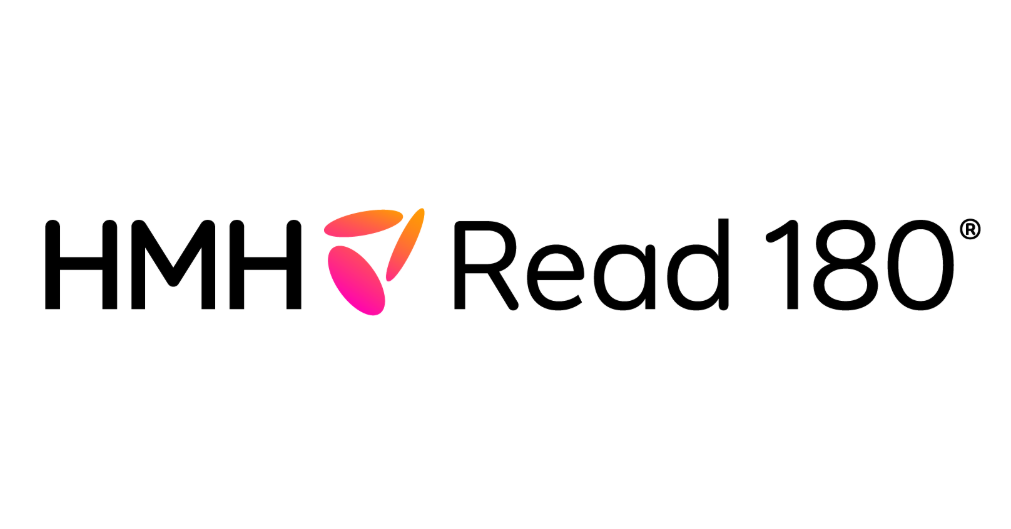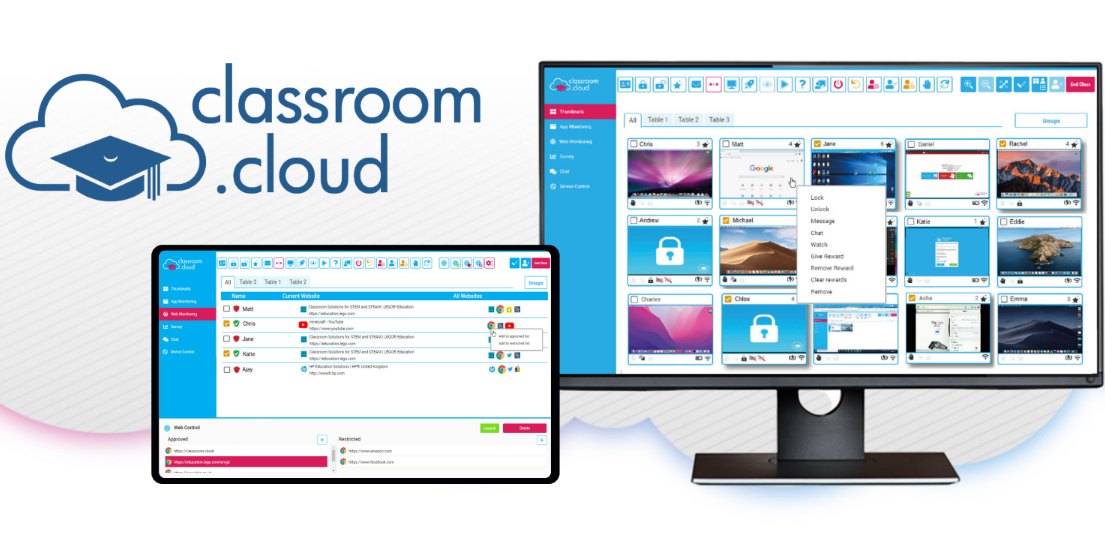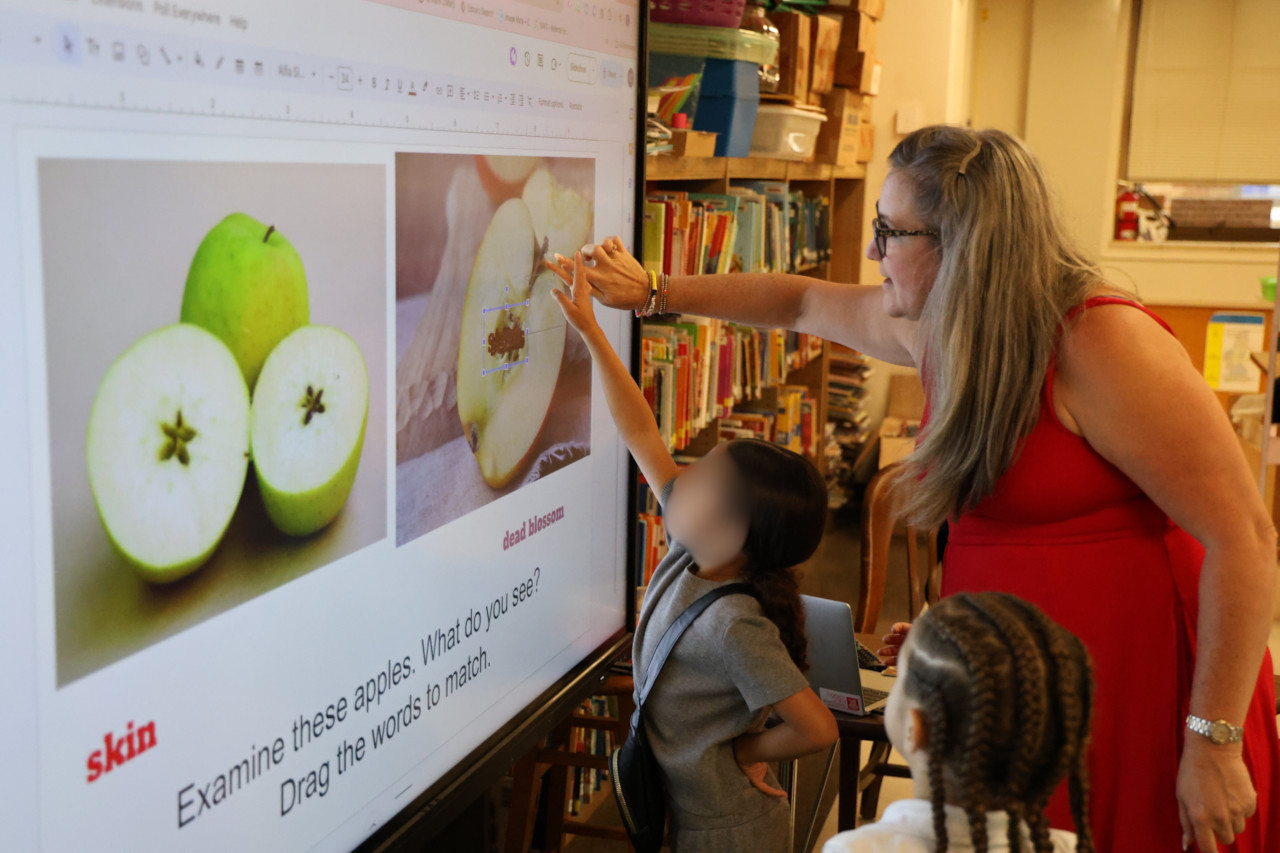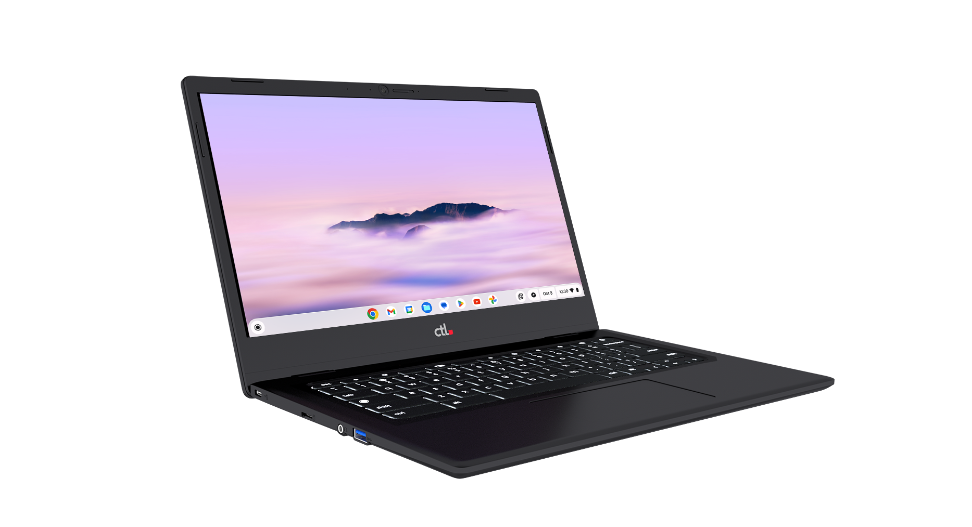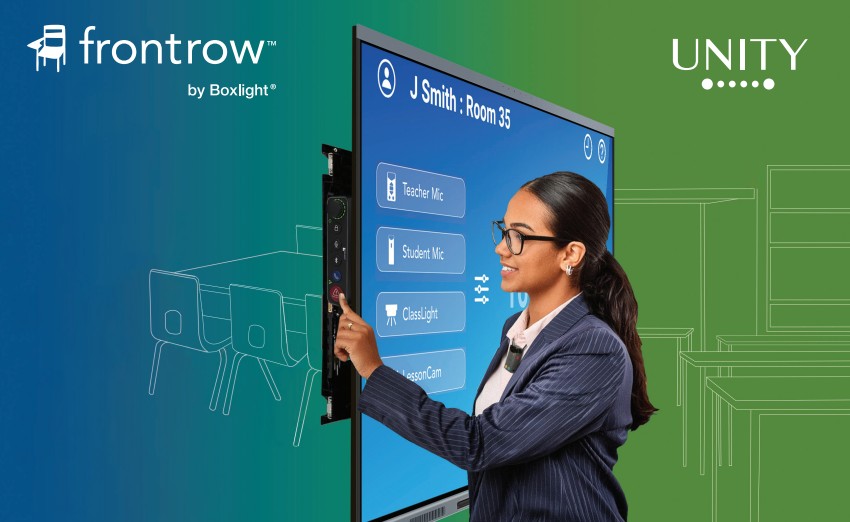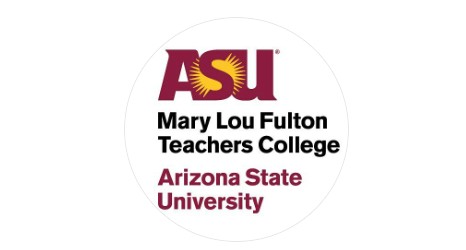Student Entrepreneurs Pitch Business Ideas to Investors
Students at Mountain Brook (AL) high school learn how to vet a business idea, design a business, and pitch the business to investors in a unique entrepreneurial curriculum.

Mountain Brook High School is the first school in Alabama to launch an entrepreneurship curriculum where juniors and seniors form teams to create a new product or service. The school adopted INCubatoredu, a full-year course where students build actual businesses. During the year-long process, students learn many of the skills crucial to building a successful business: collaboration, critical thinking, problem solving, and creativity. The class is an elective offered through the business department.
The goal of INCubatoredu is to provide students with an authentic learning experience through entrepreneurship. Real-world entrepreneurs and business experts guide students through the process of ideation, market research, and business plan development. Throughout the year, student teams also learn about marketing, accounting, and the legal aspects of launching a business. At the end of the year, students have the opportunity to pitch their business idea to real investors for funding to turn their idea into a reality.
Each team developed a focused experiment to test their riskiest business assumptions. These experiments are called Minimum Viable Product Tests (MVP Tests) and are common in the incubator and start-up world. Six teams of students presented their MVP pitches to the panel of “sharks” in hopes of receiving advice and an investment in their business idea.
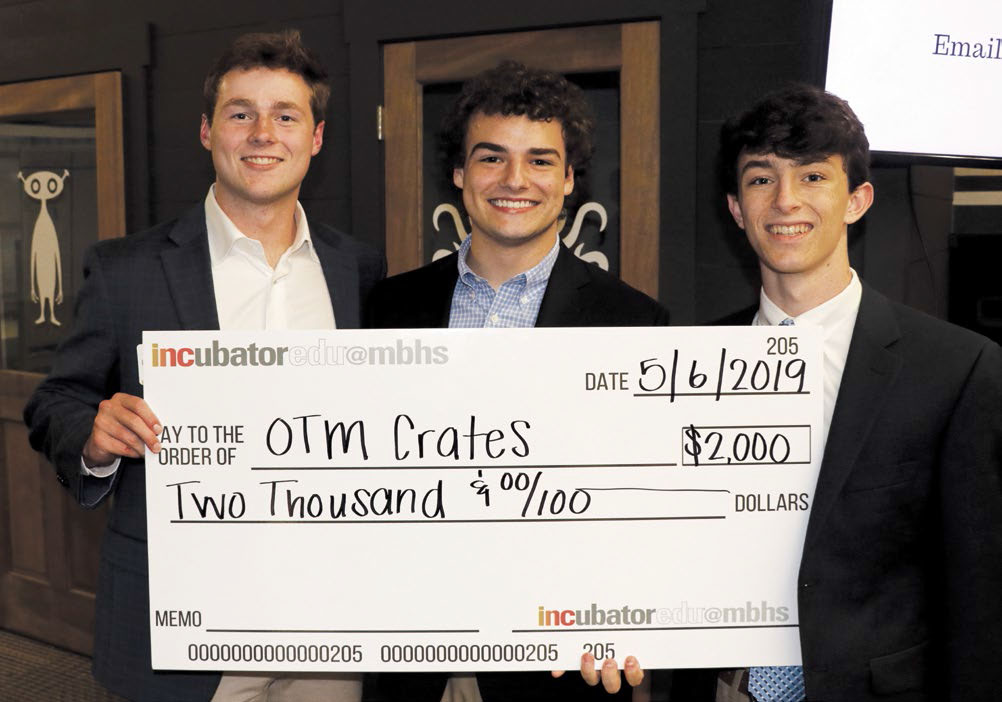
Student “founders” developed ideas for a wide range of businesses, including:
■ A concierge connection platform enabling venues to find musicians. (C4)
■ A service that connects customers with local businesses and provides deals. (Darts)
■ A clip-on aglet that provides consumers a quick, easy, and affordable way to shorten shoelaces. (Lace-Mate)
■ A tutoring platform connecting high-school students to local peers and professional tutors with the click of a button. (Link)
■ A multipurpose tailgating trailer hitch accessory with a built-in grill, cooler, and a sturdy table for tailgating or camping. (Omni Hitch)
■ A quarterly subscription crate filled with high-school sports apparel items and more. In addition to linking high-school athletes with younger athletes, 10 percent of earnings would be donated to the school. (Over the Mountain Crates)
On the evening of May 6, 2019, student entrepreneurs presented their final business concepts to a panel of industry experts in an exciting competition for funding. A Board of Advisors comprised of local business leaders facilitated the event by asking each team a series of questions to determine whether their business concept was worthy of investment.
“One of our goals for the program was for students to learn how to fail, pivot, and persevere to come up with a better way to approach the problem or market,” says Brooke Hawkins, lead teacher for the course. “Our students loved the course and the final pitch event. I’ve never seen them smile as much as they did on pitch night.”
Two of the six teams won investment from the Final Pitch Night. Over the Mountain Crates won $2,000 in funding to be used, in part, to develop a fully functioning website in anticipation of launching their crates in the fall of 2019. Lace-Mate walked away with $8,000 in funding. This team will use a portion of the funds to create a mold to be used in the 3D printing of their specialty aglet. Mentors will stay with these two teams as they push their ideas to the next level. In addition, one of the winning teams will be nominated to compete for additional funding at the National INCubatoredu Student Pitch competition this summer in Chicago.
Tech & Learning Newsletter
Tools and ideas to transform education. Sign up below.
Annie Galvin Teich has more than 25 years' experience in education writing and publishing. She is an edtech industry expert in content marketing and copywriting. As a regular contributor to Tech & Learning she focuses on the information needs of district decision makers.




